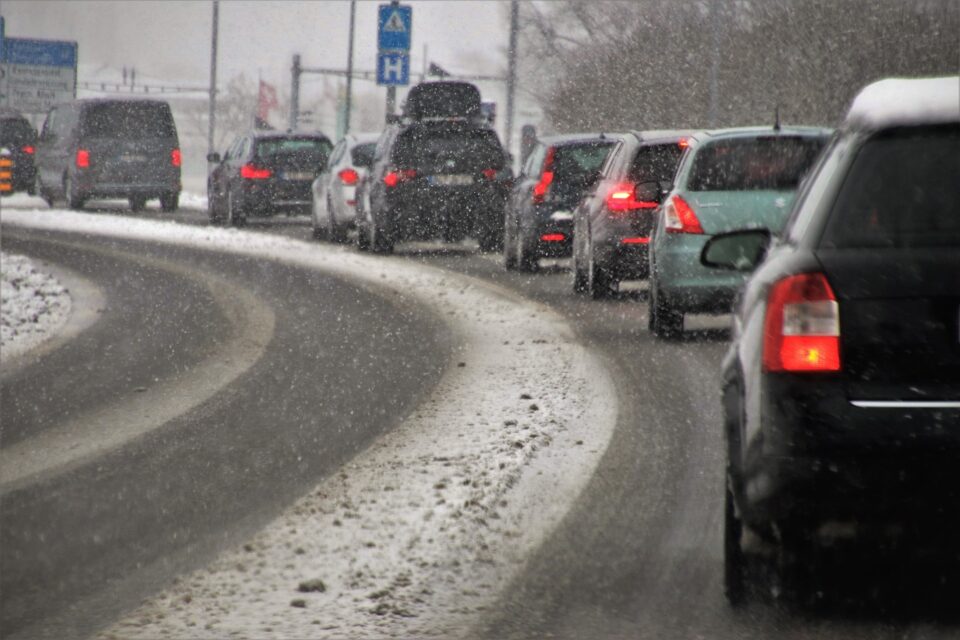The Trump Administration’s Car Wreck
David J. Hayes (Past Executive Director) / September 19, 2019

The Clean Air Act, the Clean Water Act and many other bedrock environmental statutes confer substantial authority on both the federal government and the states to reduce harmful pollution. Consistent with our Constitution’s federalism principles, our environmental laws typically authorize the federal government to set minimum pollution control standards, with states being invited to impose stricter standards.
Congress could have made an exception to this approach for car pollution, given the increased costs of requiring auto companies to meet differing federal and state pollution control requirements. But it didn’t.
To the contrary, when enacting the Clean Air Act, Congress explicitly rejected the notion that car manufacturers should only be subject to the type of “One National Program” car pollution standard that the Trump administration has just announced. Instead, Congress invited California to impose stricter standards, based on its track record as an innovator in the field of pollution control and the special pollution challenges associated with its geography and car-reliant economy. In fact, Section 209(b) of the Clean Air Act requires that the federal government confirm the applicability of California’s stricter standards (via the granting of a “waiver”) upon a showing that California’s standards are more protective of public health and welfare than the federal standards, and address a compelling need.
When Congress amended the Clean Air Act in 1977, it reinforced this dual standard approach authorizing other states to adopt California’s car standards. Today, California’s standards now apply under Section 177 of the Clean Air Act to total of 13 states, plus the District of Columbia, covering around 40% of the overall U.S. car market.
So when EPA Administrator Wheeler complains that “one state” should not be allowed to “dictate [car pollution] standards for the entire country,” he’s mischaracterizing both the scope of California’s authority (it does not apply to the entire country) and the structure of the Clean Air Act (which anticipates the potential that auto companies may need to comply with two pollution control standards).
The real tragedy here is that the administration is using a false premise (the need for a single auto standard) to justify walking away from a single standard that the previous administration, the auto industry and the State of California had all agreed upon to address a pressing issue: the auto industry’s massive emissions of carbon dioxide — the largest source of climate change-causing greenhouse gas emissions in the U.S.
So it’s not the single standard that’s really at issue here. It’s that the administration simply has no interest in reducing greenhouse gas emissions, even though courts have confirmed that the Clean Air Act requires it to do so, and even when leading companies are willing to cooperate.
As California Attorney General Xavier Becerra and many of his state colleagues confirmed this week, the administration is not going to get away with it.
